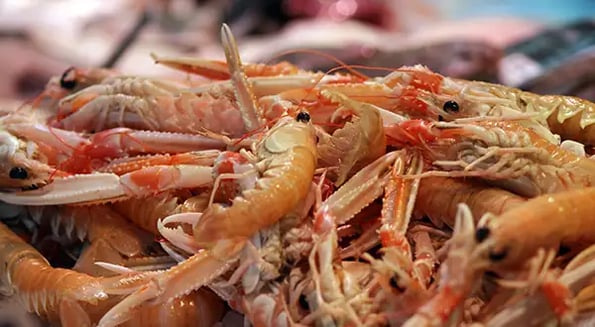Ever order the Chilean sea bass but end up getting the cheap Antarctic toothfish instead? Well, whether you knew it or not, odds are that the answer is: yes, you have.

A new investigation by Oceana found that of the 449 fish tested outside of the Seafood Import Monitoring Program — a tracking program that combats seafood fraud by requiring high-fraud-risk seafood like tuna to contain key traceability data — 1 in every 5 was mislabeled.
Somethin’ fishy is going on here
The group tested more than 250 restaurants, seafood markets, and grocery haunts across the country. By species, sea bass had the highest rate of mislabeling at 55%, followed by snapper at 42%.
Seafood fraud is running rampant around the globe, and Oceana believes that fish fraud not only impacts our wallets and hurts honest domestic fisherman, but it also poses serious health concerns.
That’s why, in 2018, the Seafood Import Monitoring Program was launched. But right now, the current program covers only 13 different imported species, and it stops at the US border.
From boat to table
Oceana’s report now calls for regulations requiring that all domestic and imported seafood be tracked from the time of catch to when it is sold at market or served in a restaurant.
Most of the mislabeling was found at restaurants, but it is unknown exactly where in the supply chain seafood fraud actually takes place.

